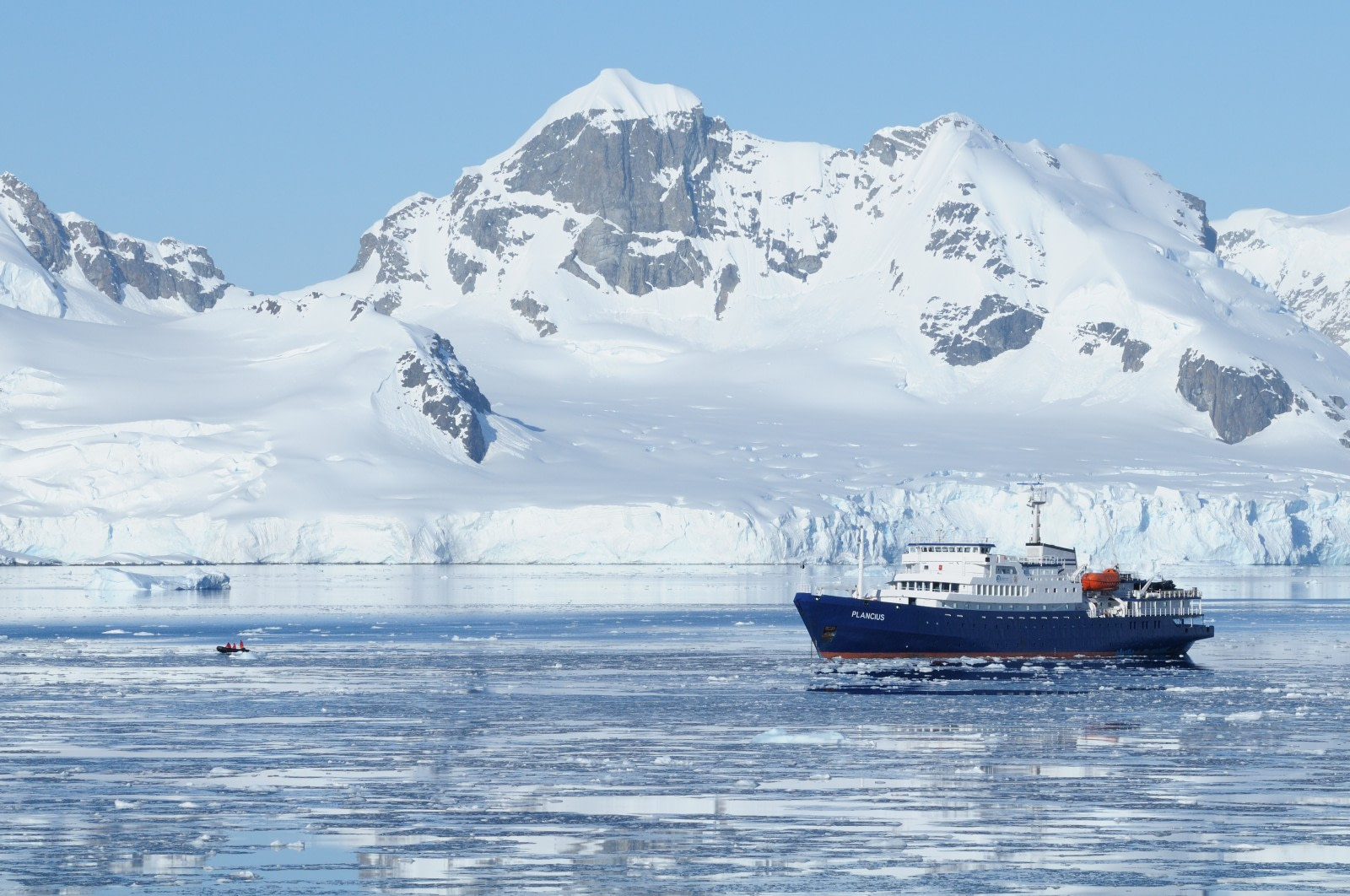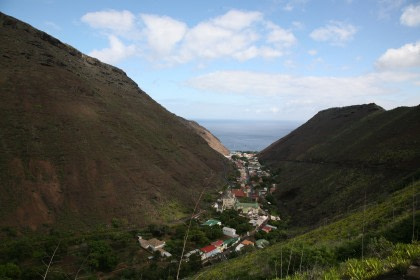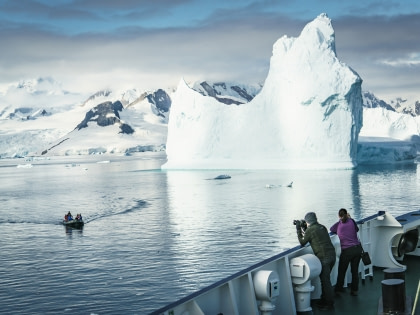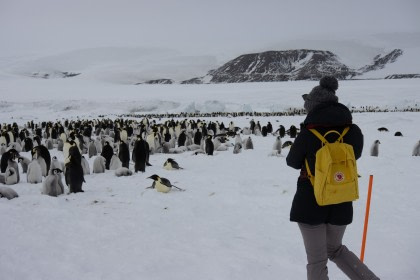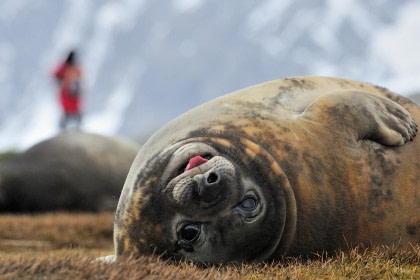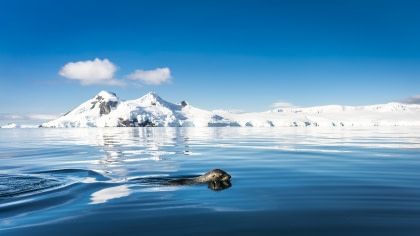Going Green in Antarctica
Antarctica truly is the world’s last wild, untouched land. Aside from the international research stations that dot the continent, Antarctica is a barren landscape, devoid of human presence and interference. With an increase in melting sea ice, rising ocean levels, and rising ocean temperatures, now more than ever is an important time to think about environmental impact in this fragile ecosystem.
Conducting Science off the Grid
Every summer, hundreds of scientists travel south to Antarctica to study the many aspects of its unique environment. How does climate change influence sea ice? How are wildlife behaviors influenced by rising sea levels?
As scientists interested in studying the natural processes of Antarctica, it’s important to integrate environmentally friendly practices into living situations when spending time in areas with relatively low human impact. The seasonal field station, Copacabana, located on King George Island in the Antarctic Peninsula, has been successfully utilizing green technology for nearly 30 years.
Solar and Wind-Powered Stations
If you’ve spent most of your days above the Equator, it may come as a shock to find out that “winter” in the southern hemisphere is actually the warmest and sunniest time of the year. From October to March, the sun graces the southern skies for up to 24 hours a day, providing a steady electrical charge to the Copacabana field station’s many solar panel arrays. The solar panels are connected to a generator that charges as the sun shines on.
However bothersome it may become to fall asleep at night, it truly is an amazing phenomenon to experience. Coupled with the unrelenting Antarctic winds that whip through the peninsula on a nonstop basis, Copacabana’s electrical bill comes out to a whopping $0.00 per month. Together, these alternative sources of energy are enough to maintain constant power in the camp for six months straight.
At night, when everyone heads to bed, the generators continue to run, and store energy from the wind and remaining sunlight into a backup generator. If there’s ever too much energy being stored in the generator, the scientists will simply run any electrical equipment they have to avoid energy surges. Surges in the electrical system can become dangerous, and there aren’t many tools readily available to fix a problem such as this.
Occasionally, the wind will shift direction, the fog hides the sun, and the power will shut off completely. During these “powerless” occasions, a backup gas generator is put to work, but usually not for long before the wind begins to howl again. Antarctic storms, however terrifying and windy they may be, can be a real lifesaver during these “powerless” times when there’s data to be entered on the computers or cameras to be charged.
Water, Water Everywhere
Currently, there is no running water or indoor plumbing at the Copacabana field station. Instead, a rainwater and snow catchment system is assembled using a system of gutters that run around the perimeter of the two small buildings. Large barrels are attached to the gutter system, and collect fresh snowmelt used for drinking, cooking, and washing dishes. Drinking water is also collected from these barrels, and is run through a specialized ceramic filtration system.
At the end of the day, giant pots of snowmelt water are boiled, and dirty dishes are collected for washing. A multipurpose, biodegradable soap is used to wash the dishes, and is then disposed of outside the hut. This dishwater, or “grey water” is projected over a wide area to prevent the accumulation of food oils in the soil. To further prevent accumulation of oils, the dishwasher is encouraged to walk to a new spot every night to dispose of the water.
Refuse
Inevitably, garbage from food packaging must be dealt with in the field. Since there are no garbage collectors in Antarctica, any refuse generated is collected in large bags, and brought aboard a research vessel at the end of the season. The scientists also make sure to sort through recyclables! When the vessel reaches its harboring point, it is quickly disposed of in the nearest town. Occasionally, garbage that has spent a life at sea washes up on the shores near the field station. These water bottles, old buoys, and plastic bags are also collected and properly disposed of.
Green travelling
Anyone who has traveled or is anticipating travel to Antarctica knows that no matter where you start from, the journey to the bottom of the world will be a long one. There are planes to take, layovers to endure, and a whole lot of sitting around in airports. Many cruise liners and research vessels are harbored in the southernmost regions of South America, and begin their Antarctic journey from Punta Arenas in Chile, or Ushuaia in Argentina.
Travelling by plane
From the United States alone, getting to either of these locations can take up to 24 hours of travel. Not only is that a phenomenal amount of time to spend in the air, but it’s also a huge amount of fuel and energy expended to get you to your destination. Luckily, travellers can now calculate the amount of carbon they’ve released into the atmosphere from their journey, and offset their carbon emissions by “buying back” their carbon.
The money generated from these various carbon-centered organizations is then used to plant trees that naturally sequester carbon out of the atmosphere. It’s a brilliant system, and a great consideration for avid travellers looking to reduce their carbon footprint.
Antarctic Cruises
There are many ways in which tourists visiting Antarctica can adopt an environmentally friendly attitude. Already, there are strict guidelines in place to ensure the safety and wellbeing of the wildlife and natural landscapes that are encountered during times of human interactions such as Antarctic cruises. With an increase in tourism to Antarctica over the years, organizations including AECO and IAATO have been established to ensure all cruise companies operating in the Antarctic and Arctic regions do so responsibly and with greatest consideration to the environment.
Oceanwide Expeditions is one of the polar cruise organizations dedicated to preserving the fragile and pristine ecosystems in which they operate. All expedition cruises to the Antarctic and Arctic regions are carefully planned by directors to ensure the greatest experience for everyone on board while minimizing overall environmental impact. On board, expect to find biodegradable soaps and shampoos, ecologically friendly cleaning products, and European eco-certified clothing detergents.
In addition to ecologically friendly practices on board, Oceanwide Expeditions also supports ongoing campaigns including Save the Albatross and Clean Up Svalbard. Both organizations are dedicated to the ongoing preservation of sensitive habitats and marine life in polar regions, and are represented onboard Arctic and Antarctic cruises.
Whether you’re a scientist about to embark on a long field season in a hut, an avid explorer looking for the perfect Antarctic adventure, or a cruise company planning a new route through environmentally sensitive areas, there are plenty of ways in which everyone can achieve their goals while remaining ecologically sound. Keeping Antarctica’s health and safety at the forefront of our minds is the most important aspect, and one we must not loose sight of.
